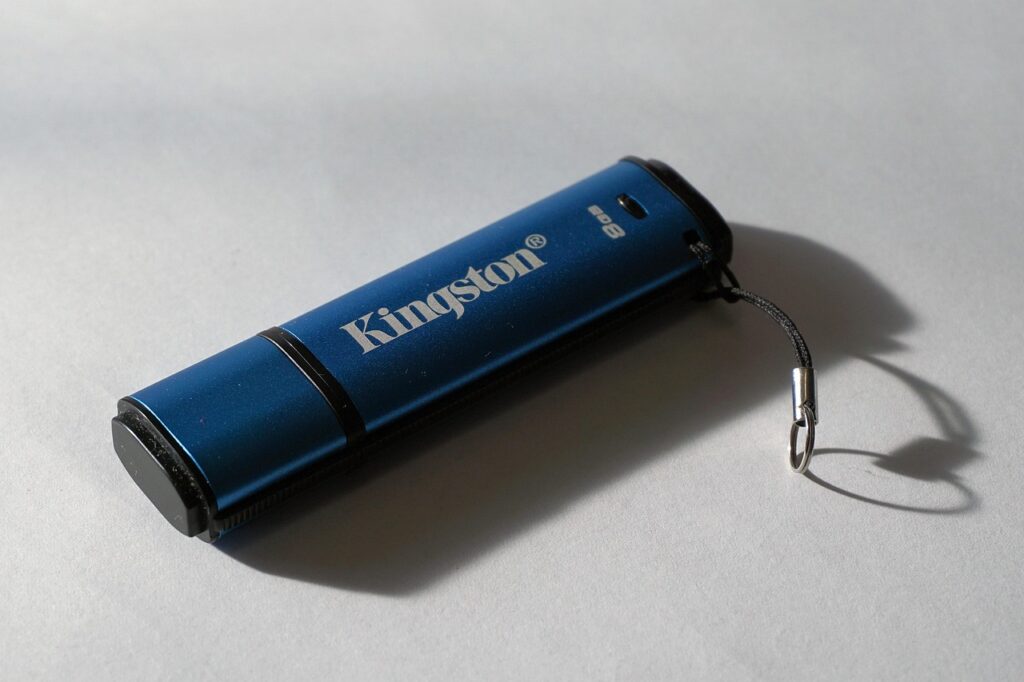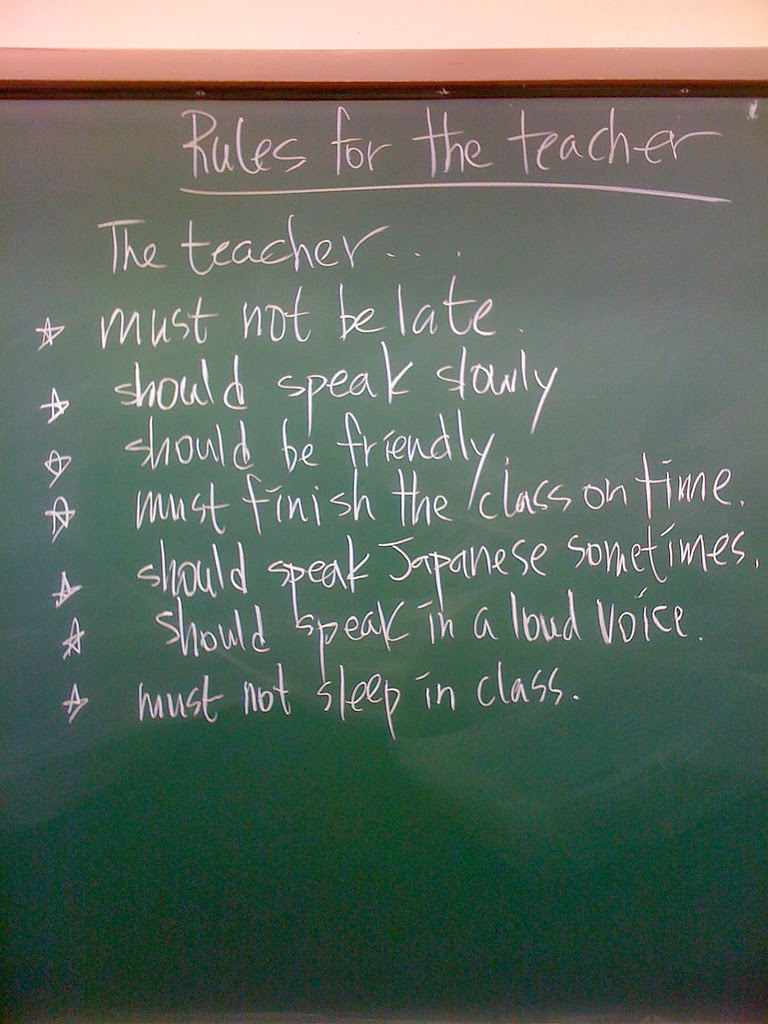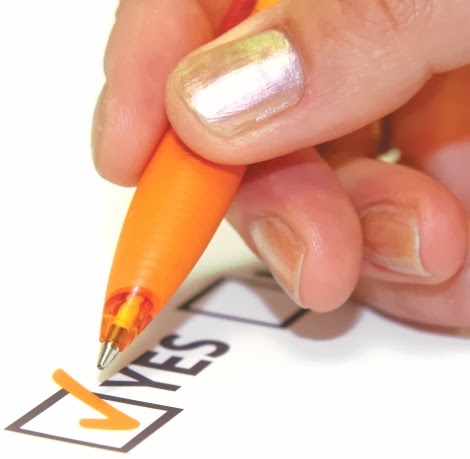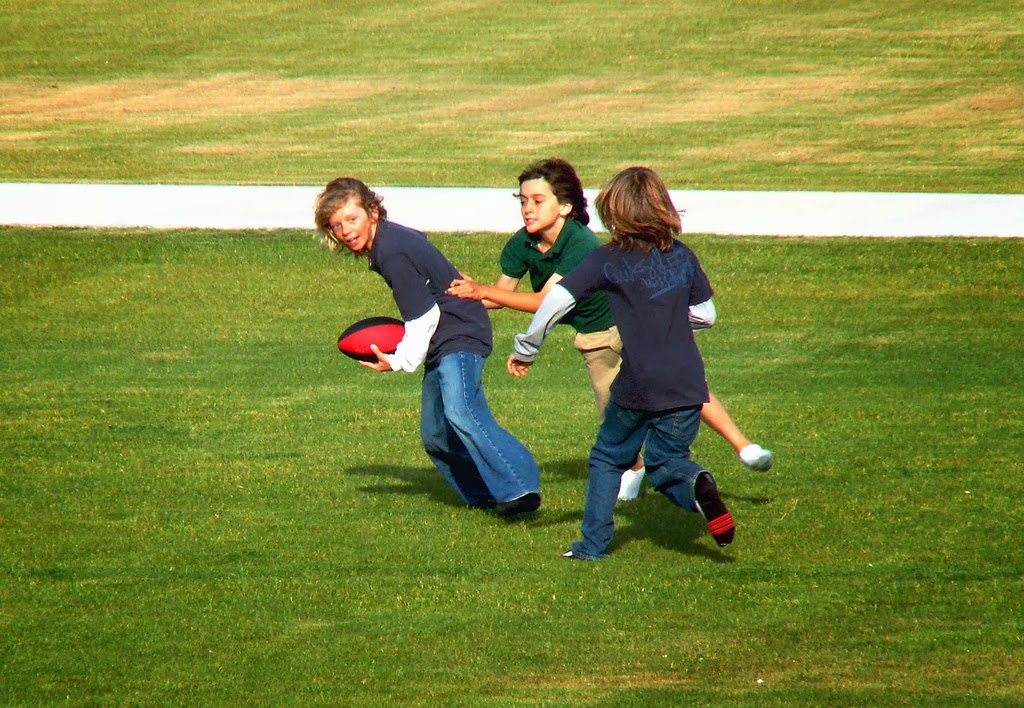At Teach One Reach One Ministries we read secular education research studies to learn which techniques might improve how our church Bible students learn, understand, remember and use what is being taught. Some things don’t work well in churches because our class times are less than an hour and often only meet weekly. We also can’t use standard assessment techniques because parents and students would probably complain about using them in a Bible class environment. Many times, though, we can adapt techniques slightly so they are useful in Bible class settings.

One of the issues with which Bible class teachers struggle is helping students to remember what you are teaching them in class. We have shared a lot of different memory techniques over the years. One you may not have heard of is the “brain dump”. Brain dumps can be used at the beginning of a lesson or unit or at the end of one. It helps students practice retrieving the information they have learned about the topic from their brains. This in turn strengthens the neural pathways to that information, making it easier to retrieve the next time they need it.
It is important to do this properly or it won’t work well. Give each student a sheet of paper and a pen or pencil. Tell them when you say “Go!” You want them to write or draw as many things about the topic or person you give them as possible. Neatness and spelling don’t matter for this exercise and students can write or draw as long as they can explain what the drawings meant to you.
You can give students a name like King David, a group of people like the Apostles or a topic like forgiveness. Start with a shorter amount of time – like a couple of minutes – and then gradually make the time longer as students improve. The important thing is that the only resource students can use is their brains – no Bibles, study books or anything else. Allowing them to use their Bibles for help lessens the benefits of the exercise to the student. While you don’t want it to be a competition between students, you can set it up so students try to beat their previous recall record – even if it’s for a different topic. If you present the activity with excitement in your voice, students will get excited. Don’t do anything that will embarrass students who write little – if anything – on their papers. The exercise is helpful even if they can’t recall much as first.
If students are often completing papers with no information on them, it’s an indication you need to change your lessons in some way. Chances are though that most students will be able to write or draw at least a few things. When time has expired, have students call out answers. This will allow you to correct any misconceptions they may have and serve as an additional review for everyone.
The entire activity should take less than five minutes. You don’t need to do this every week, but having brain dumps at regular intervals can help your students remember important information.




